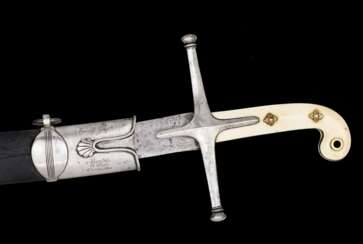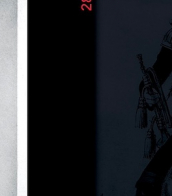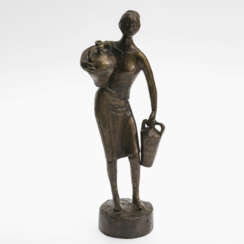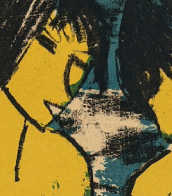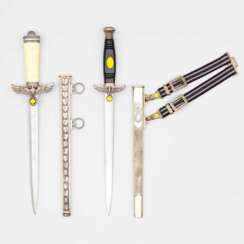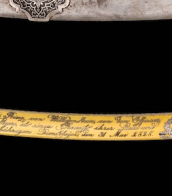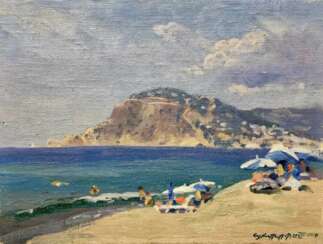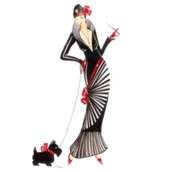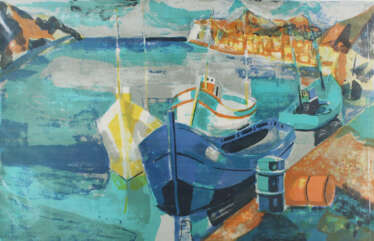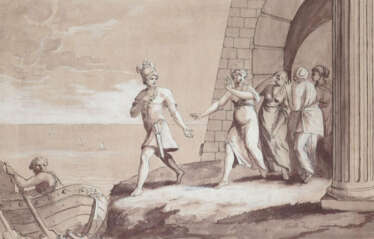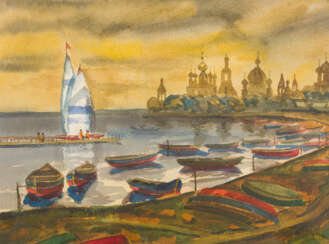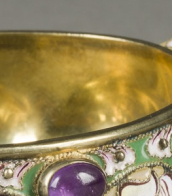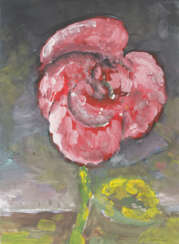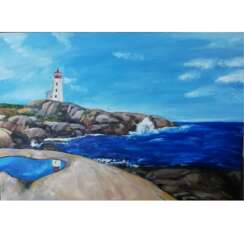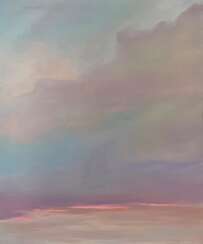16 Items by auctions and galleries:
römer römer (1998)
Мыс Бичи Хэд
Polina Kuprianova (b. 1998)  Shop Kuprianova Polina
Shop Kuprianova Polina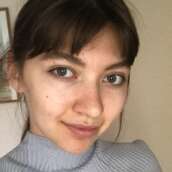

Polina Kuprianova
21.01.1998
Russia
Пишу картины на заказ
Любая тематика и размер, справлюсь с любой сложностью
Портреты людей и животных, пейзаж, городской пейзаж, архитектура, натюрморт, Роспись стен и одежды!

Artist shop
Kuprianova Polina
Russia
Number of products: 38
Маяк
Valeria Breiner (b. 1998) 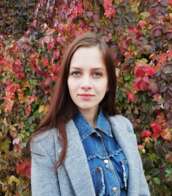 Shop Breiner Valeria
Shop Breiner Valeria

Valeria Breiner
03.03.1998
Russia
Меня зовут Валерия Брейнер, и я 22-летний художник из г. Воронеж. По образованию я бакалавр ландшафтной архитектуры. Работаю в разных жанрах. В работе использую следующие материалы: масляные и акриловые краски, цветные карандаши, гуашь, акварель. Большинство моих работ вы можете посмотреть в моем инстаграм.

Artist shop
Breiner Valeria
Russia
Number of products: 2
Морской пейзаж
Polina Kuprianova (b. 1998)  Shop Kuprianova Polina
Shop Kuprianova Polina

Polina Kuprianova
21.01.1998
Russia
Пишу картины на заказ
Любая тематика и размер, справлюсь с любой сложностью
Портреты людей и животных, пейзаж, городской пейзаж, архитектура, натюрморт, Роспись стен и одежды!

Artist shop
Kuprianova Polina
Russia
Number of products: 38
Морской закат
Polina Kuprianova (b. 1998)  Shop Kuprianova Polina
Shop Kuprianova Polina

Polina Kuprianova
21.01.1998
Russia
Пишу картины на заказ
Любая тематика и размер, справлюсь с любой сложностью
Портреты людей и животных, пейзаж, городской пейзаж, архитектура, натюрморт, Роспись стен и одежды!

Artist shop
Kuprianova Polina
Russia
Number of products: 38
Polina Kuprianova (b. 1998)  Shop Kuprianova Polina
Shop Kuprianova Polina

Polina Kuprianova
21.01.1998
Russia
Пишу картины на заказ
Любая тематика и размер, справлюсь с любой сложностью
Портреты людей и животных, пейзаж, городской пейзаж, архитектура, натюрморт, Роспись стен и одежды!

Artist shop
Kuprianova Polina
Russia
Number of products: 38
Закат
Aleksandra Bogdanova (b. 1998) 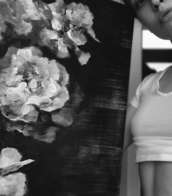 Shop Bogdanova Aleksandra
Shop Bogdanova Aleksandra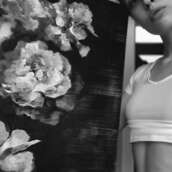

Aleksandra Bogdanova
11.03.1998
Russia
Я безумно люблю небо во всех его состояниях. Это то, что объединяет очень многих людей на планете! Я никогда не видела человека, который бы не восхитился закатом, рассветом или причудливым облаком над его головой. А в нашем мире, когда чаще всего мы смотрим в экран смартфона, хочется почаще давать глазам отдохнуть. Небо в этом большой помощник

Artist shop
Bogdanova Aleksandra
Russia
Number of products: 5
